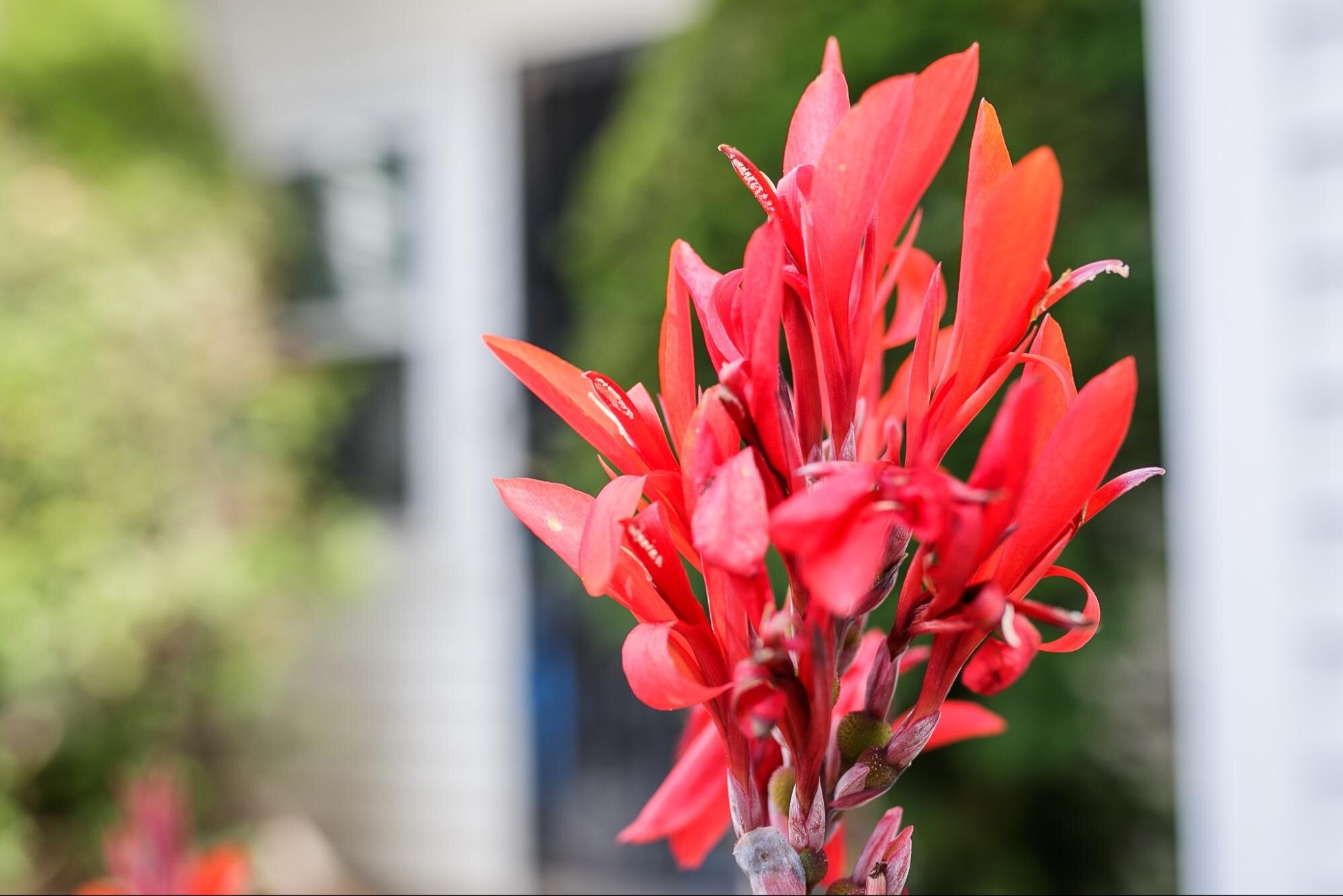Victoria McKenze recalls pivotal school and community changes in Sarvis Park
“It’s not a lot of effort to be a community. It’s a will.” Flint native Victoria McKenze shares some of the significant changes she's witnessed during her 45 years of living in the neighborhood of Sarvis Park.

FLINT, Michigan — Victoria McKenze has lived in the Sarvis Park neighborhood on Flint’s Northend for 45 years and counting. As an educator and Apostolic Bishop, she, her husband, and eight children were amongst the first few African-American families to have moved into the area. Their home, built by a carpenter for his wife as a wedding gift, overlooks the neighborhood’s park.
The scent of fried fish and the sound of children running and breathing hastily, swinging from acrylic fixtures at the neighborhood park sets the tone for a conversation rooted in history and education between McKenze, myself, and photojournalist Jenifer Veloso.
Upon moving into the Sarvis Park area, McKenze recalls a woman who brought arts and crafts, games, and activities for families to engage in. Although there are many elements of the neighborhood she would love to see return, McKenze speaks on how nice it is to see the park being revitalized. “I would like to see more police officers come and participate in activities with the children,” says McKenze.
During our interview, she takes us through a sensory recollection of growing up in Flint and how it has rendered her to become a resource for her neighbors and community. The conversation transitions from a deep reverence for comradery and the development of her community to what compelled McKenze’s passion for education and community in the first place.
“I’ve experienced redlining. I’ve experienced non-bussing in the city of Flint and the disadvantages of redlining and how it could have conditioned my mind as it relates to the educational system or the most effective ways to be a solution-based person for our children.

The term “redlining” originates with actual red lines on maps that identified predominantly Black neighborhoods as “hazardous.” Starting in the 1930s, the government-sponsored Home Owners’ Loan Corporation and the Federal Home Loan Bank Board used these maps to deny lending and investment services to Black Americans.
“I grew up in a multi-ethnic neighborhood. That’s what Elizabeth Street was,” said McKenze. “Germans owned the grocery store on the corner and Italians owned a warehouse down the street on Industrial and Elizabeth. There were multi-ethnic groups throughout that community; from Hamilton to 5th St.”
Born and raised on Massachusets St., McKenze remembers there being a road behind the water tower. “There were houses right along the river back there where most Black people lived in Flint,” she said. “We weren’t allowed across Dort Hwy. It didn’t matter that we had cows, chickens, and vegetation. I remember when it came time for school, we had to move because my mom was apprehensive about me crossing the highway alone.”
It was during the 1960s when McKenze remembers the bussing bill being passed. African-American families at the time were denied access to better facilities, better teachers, and better scholastic tools. After bussing issues were resolved, ethnic groups of Flint were able to cross North Saginaw Street.
“Doyle Ryder was called Doyle Elementary when I attended,” said McKenze. “Unbeknownst to me, my kindergarten class was in the basement of the building next to a furnace. I remember some caucasian people coming to visit our class (dressed in black and white). They’d visited students, spoke with our teachers, and left. The very next day, we were told that we’d be going to a new class. We went up the stairs and it was as if the heavens opened up. There were colors, and there were people.”
“We walked into a classroom that had desks and chairs and our names were on the desks. We had a place to hang up our coats. We were in; as I know now, a classroom.”

Although there was an upswing in her early education, McKenze also experienced harsh learning conditions that prompted her to go into the field of education. “I experienced a 6th-grade teacher tell me that I’d never be anything more than a welfare mother,” explained McKenze. “I didn’t want our children to experience what I had experienced. It was enough for to me experience and remember those disadvantages and it drove me to want to change that narrative.”
“I feel Flint has taken away the power of being educated equally,” she continued. “At one time, Flint schools existed on an equal plane with passionate educators, resources, certified teachers, computer labs, and science labs. You didn’t have to attend a charter school. It wasn’t until money began to be allocated and distributed from the top.”
Apart from changes in education, McKenze also witnessed changes in homeownership with more rentals now than before. She explained how she could count the houses that were homeowners and the rest are rentals. However, she admitted that there is still a sense of community with the ones that are homeowners.
“We make sure we greet the new families in the area and let them know that regardless of whether they are owning their homes or renting them, this is what we expect as members of this community. The only reason I’m still here is that this is still a safe place. The homeowners make sure that this remains a safe space.”
When asked what community means to her, McKenze replied, “Community to me is when we are surrounded by persons that not only live together but play together. We have concerts at Sarvis Park, and we have picnics. Because of our desire to make this neighborhood an enjoyable environment, those that come here get to see and know each other a little better. I always make sure our new neighbors have a flyer so that they know they are invited! It’s like knowing when someone is ill, we go and help the rest of the family. Community is a partnership.”






